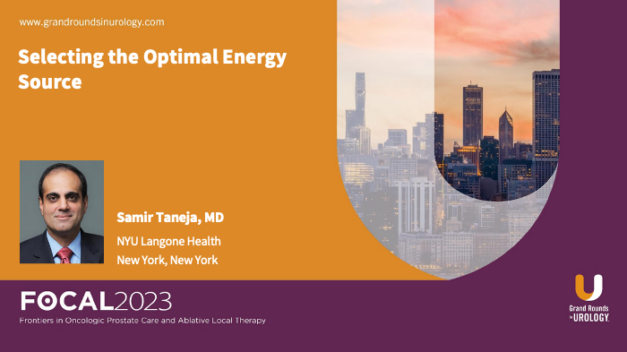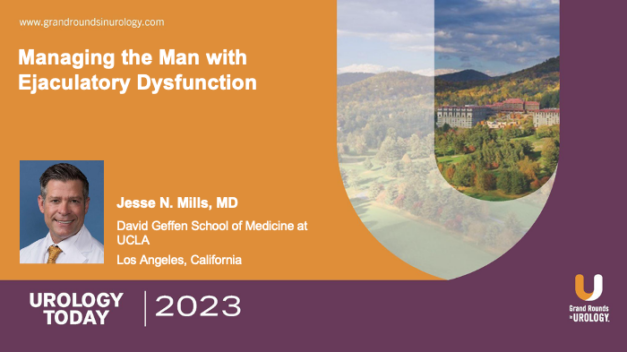Industry Perspective: BioProtect Balloon Implant™ System
In this Industry Perspective, supported by BioProtect, Daniel Y. Song, MD, compares the BioProtect Balloon Implant™ System to rectal gel spacers currently on the market. Dr. Song begins by presenting the composition, dimensions, and safety features of the balloon.
Dr. Song then compares the balloon’s features and implantation process to those of the two most readily available rectal gel spacers on the market. He notes that, unlike the gel spacers, the balloon creates predictable, reproducible, symmetrical results.
Dr. Song presents a step-by-step illustration of the implantation process for the BioProtect Balloon Implant™ System. He presents a video demonstration of an implantation via blunt dissection, which reduces the risk of rectal, capsular, and vascular infiltration. He adds that the balloon is simple to degrade, with 98% of the material degraded at the 6-month mark.
Dr. Song concludes by presenting the results of the BioProtect Multinational Pivotal Study. He compares the GI toxicities at 3 and 6 months of patients treated with rectal gel spacers versus those treated with the BioProtect Balloon Implant™ System. He demonstrates that the balloon achieves robust reduction in radiation dose, while being well-tolerated by patients and easy for healthcare professionals to implant and adjust.
Read More




